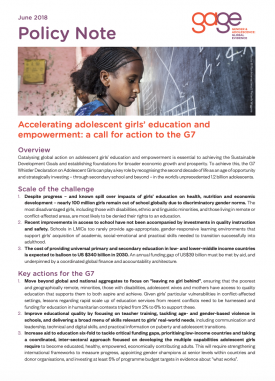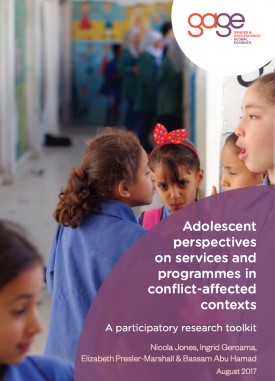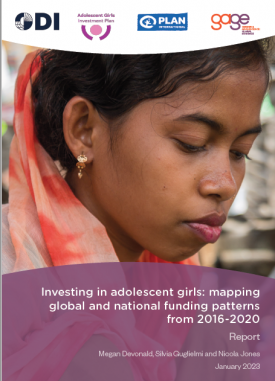The 2030 Agenda for Sustainable Development’s call to leave no one behind has brought a renewed focus on vulnerable populations historically overlooked by researchers and policy makers. Key to this inclusive mission is generating “data which is high quality, accessible, timely, reliable and disaggregated by income, sex, age, race, ethnicity, migration status, disability and geographic location”. Halfway to the endpoint of the Agenda 2030, tracking of the Sustainable Development Goals (SDG) has revealed substantial gaps in data on adolescence, despite increasing recognition that the ages of 10–19 years are a crucial life stage for accelerating progress against poverty, inequity, and discrimination. We outline challenges in generating robust adolescent-specific SDG data and identify approaches that can deliver the age-disaggregated and sex-disaggregated data that are crucial to tailoring policies and interventions to improve adolescent wellbeing across domains.
Suggested citation:
Guglielmi, S., Neumeister, E., Jones, N., Finnie, A., Motivans, A., Samman, E., Gallinetti, J., and Temin, M. ‘Capturing adolescent realities in the global data revolution.’ The Lancet Child & Adolescent Health. (https://doi.org/10.1016/S2352-4642(22)00222-X)


